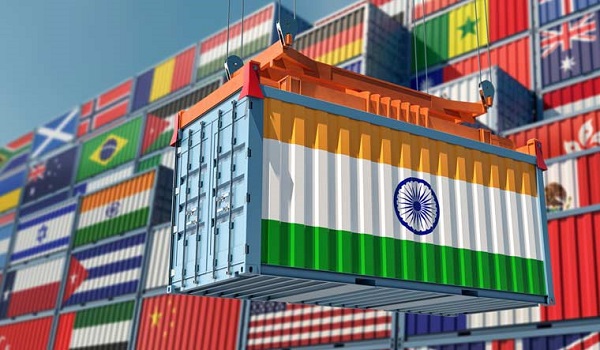U.S. President Donald Trump’s latest move to impose steep reciprocal tariffs on Indian imports under what he has termed “Liberation Day” is expected to significantly impact India’s food and agriculture exports, particularly processed seafood, sugar, dairy, and spices, experts warn.
According to an analysis by the Global Trade Research Initiative (GTRI), the hardest-hit food segment will likely be fish, meat, and processed seafood exports—worth $2.58 billion in 2024—which now face a tariff differential of nearly 27.83%. Shrimp, India’s top seafood export to the U.S., is particularly vulnerable, with nearly 40% of India’s shrimp exports headed to American shores.
“Shrimp is already subject to anti-dumping and countervailing duties. Additional tariffs will push Indian exporters out of the competitive zone,” said Yogesh Gupta, MD of Kolkata-based seafood firm Megaa Moda. However, relief may come if similar duties are extended to rival suppliers like Ecuador and Indonesia.
The processed food sector is also at risk, with $1.03 billion in exports facing a 24.99% tariff differential. Key products such as sugar, cocoa-based foods, and other packaged edibles are likely to become more expensive for U.S. consumers, potentially reducing demand.
India’s dairy exports, valued at $181.5 million, could see even greater disruption due to a 38.23% tariff differential. “Ghee, butter, and milk powder may become costlier and lose market share in the U.S.,” said GTRI Founder Ajay Srivastava.
Other vulnerable food-related exports include:
· Cereals, vegetables, fruits, and spices ($1.91 billion exports) – 5.72% tariff gap
· Edible oils ($199.75 million exports) – 10.67% gap
· Alcoholic beverages ($19.2 million exports) – a massive 122.10% differential
· Live animals and animal products – 27.75% tariff gap
Interestingly, tobacco and cigarette exports—worth $94.62 million—may escape the brunt of the tariff hike, as the U.S. already imposes high duties of over 200%.
Srivastava noted that while reciprocal tariffs are being positioned to address tariff asymmetry, the U.S. may also factor in non-tariff barriers, VAT/GST structures, and currency effects in its calculations, making the final impact harder to predict.
While industrial sectors such as pharma, electronics, and machinery are also expected to feel the heat, India’s food and agriculture exporters may be among the most immediately and visibly affected by the latest salvo in Trump’s trade policy reset.
As the trade standoff evolves, industry stakeholders are closely watching whether New Delhi will pursue dialogue or retaliatory action to protect its export-driven sectors.


